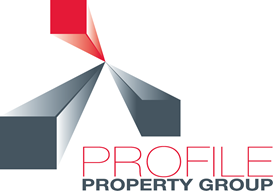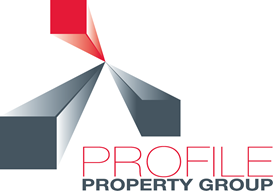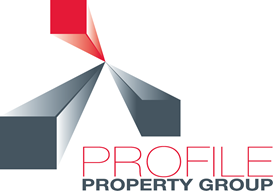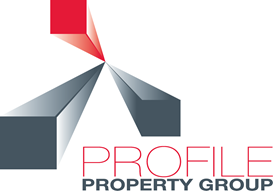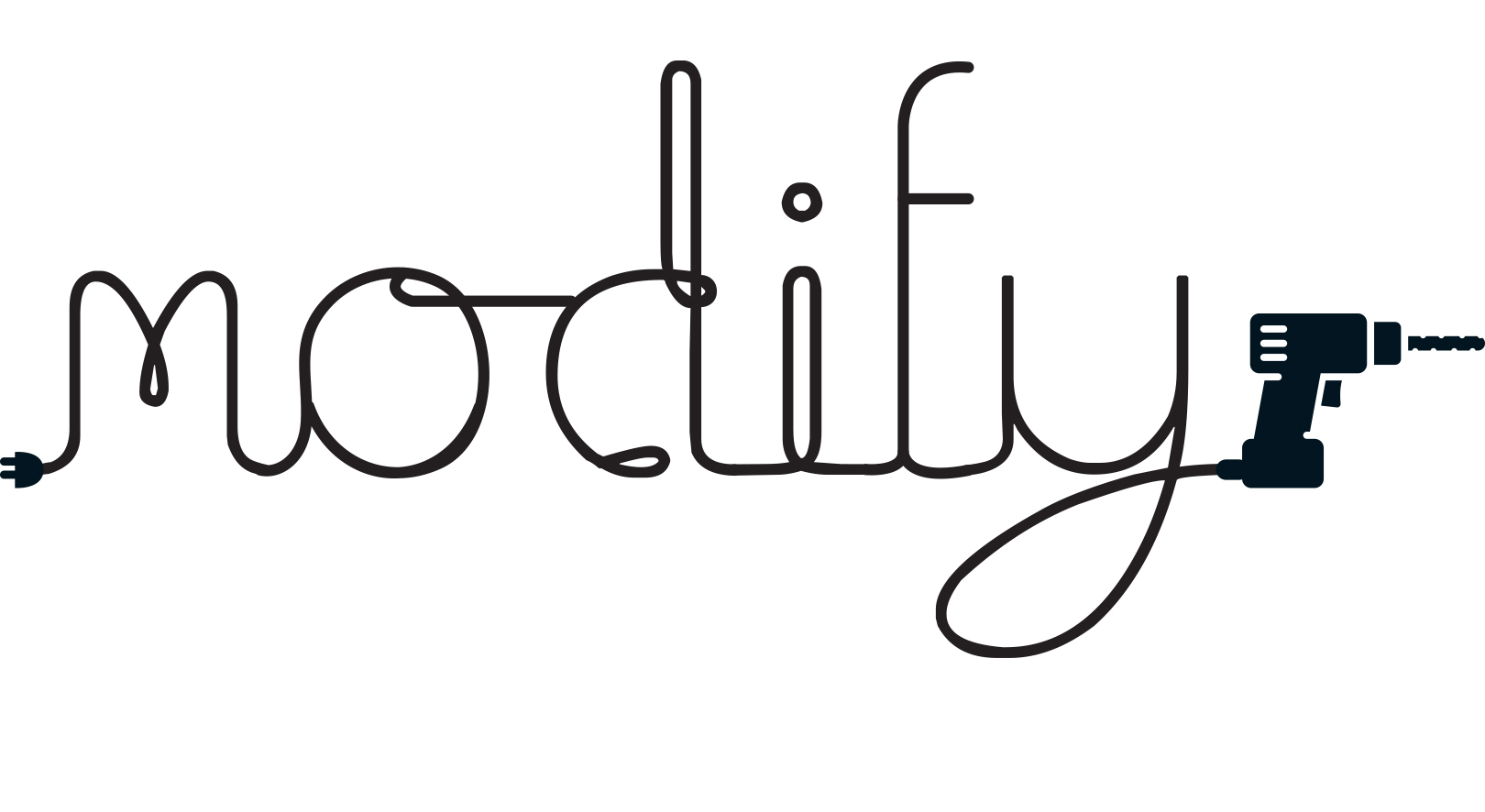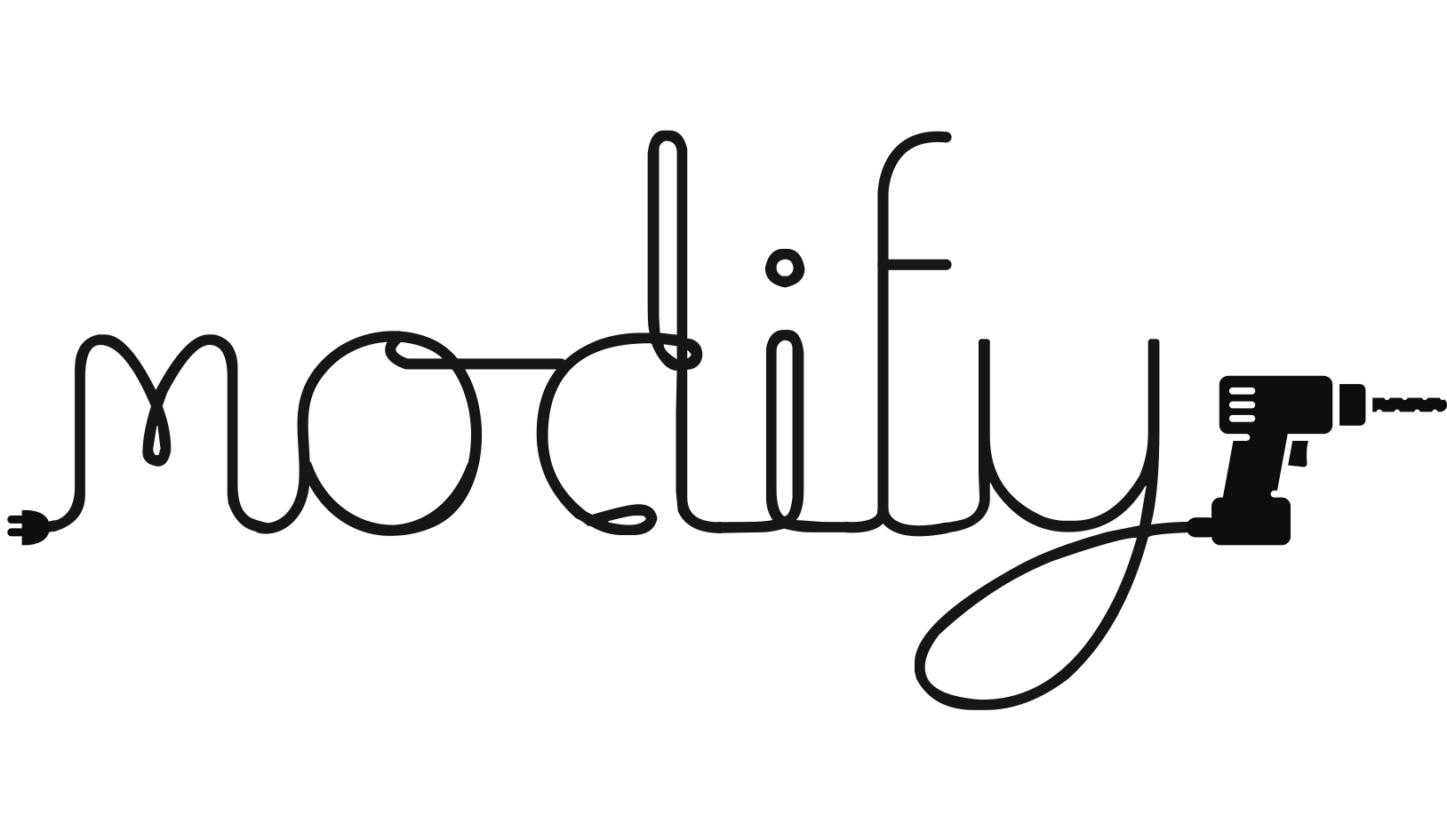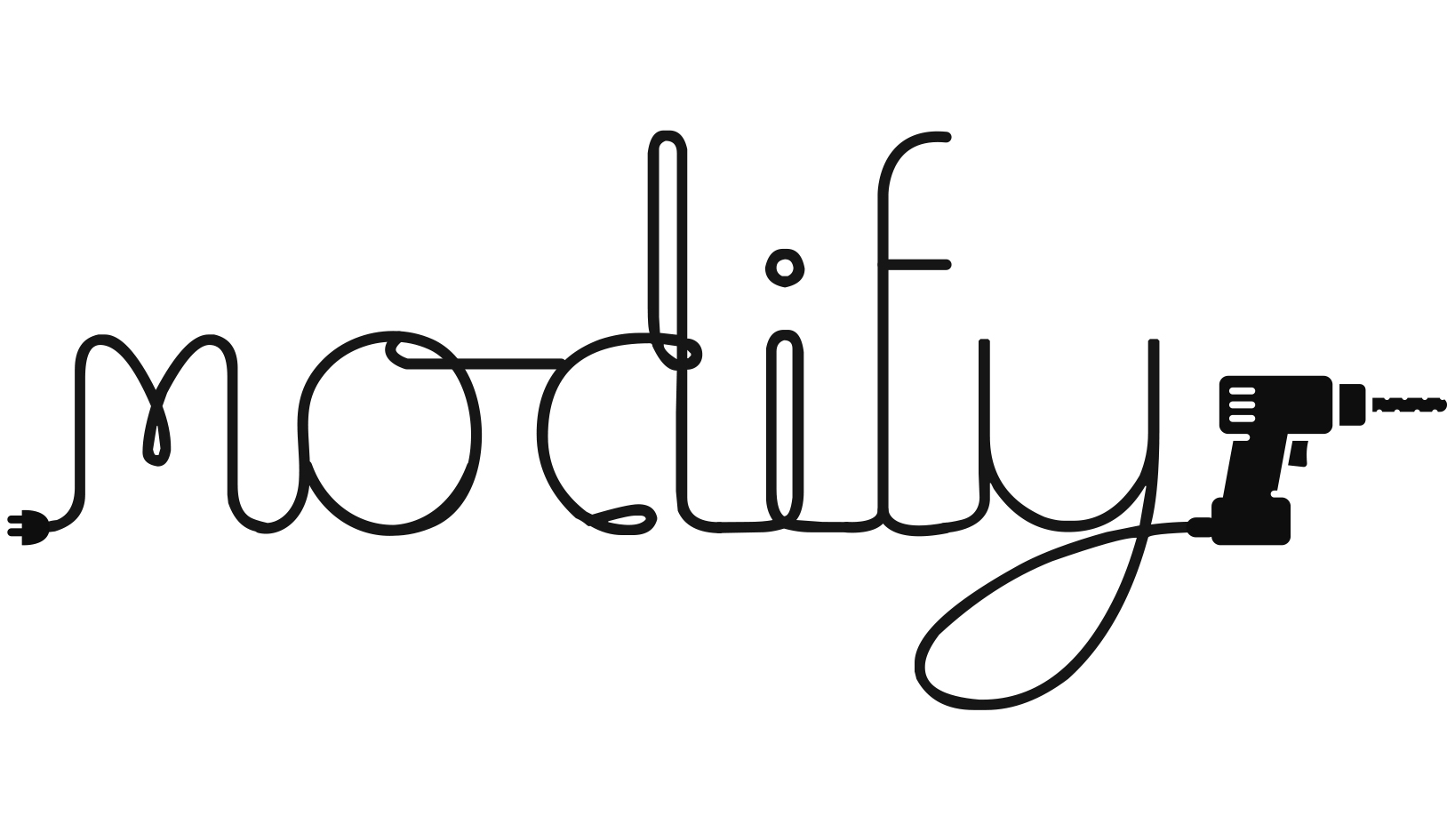Information
-
Site Address
-
Conducted on
-
Document No.
-
Prepared by
-
Who is the PCBU: name and contact details
Work Method Statement
-
List the workers names doing the activity being inspected on site;
-
Have all the workers listed above been inducted into the SWMS?
-
List those not inducted/trained
-
Make sure an action is taken to ensure these workers will be inducted into the SWMS
Work Inspection
-
Is there a high-risk work task to be inspected?
-
Tick the task(s) being inspected
-
Risk of a person falling more than 2 metres
-
Work on a telecommunication tower
-
Demolition of load-bearing structure
-
Likely to involve disturbing asbestos
-
Temporary load-bearing support for structural alterations or repairs
-
Work in or near a confined space
-
Work in or near a shaft or trench deeper than 1.5 m or a tunnel
-
Use of explosives
-
Work on or near pressurised gas mains or piping
-
Work on or near chemical, fuel or refrigerant lines
-
Work on or near energised electrical installations or services
-
Work in an area that may have a contaminated or flammable atmosphere
-
Tilt-up or precast concrete elements
-
Work on, in or adjacent to a road, railway, shipping lane or other traffic corridor in use by traffic other than pedestrians
-
Work in an area with movement of powered mobile plant
-
Work in areas with artificial extremes of temperature
-
Work in or near water or other liquid that involves a risk of drowning
-
Diving work
Management of risks
-
Identify the key HSE risks for the task(s)
-
Are these risks listed in the SWMS?
-
List any risks you've identified or work steps that are not covered in the SWMS
-
Further raise a ‘Non-Conformance Report’ for any significant implementation non-conformances - form I1.6
-
Comment on overall level of SWMS implementation.
Follow up action required
-
Please update your SWMS to address any deficiencies
Sign Off
-
Name & Signature of Inspector






